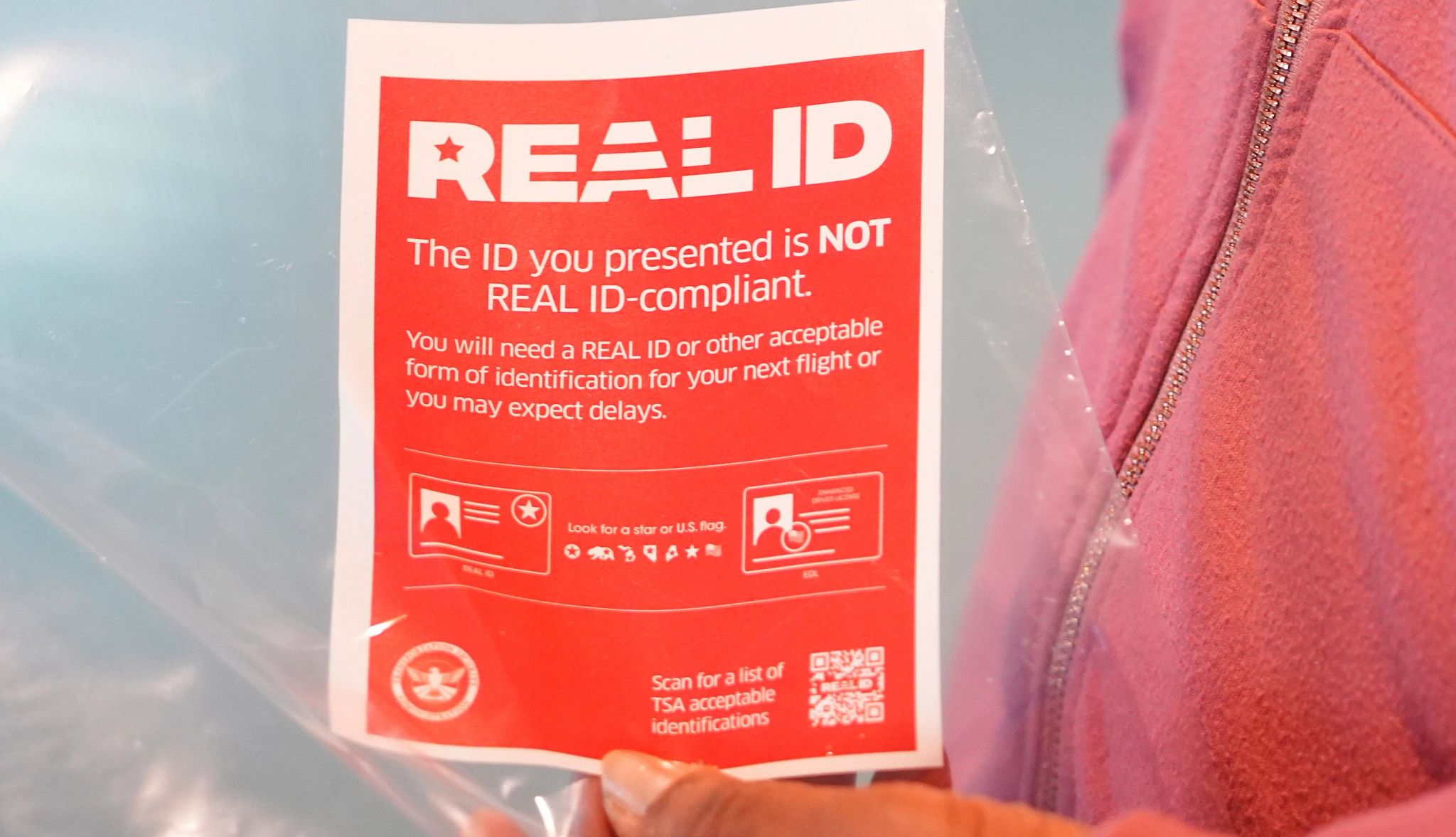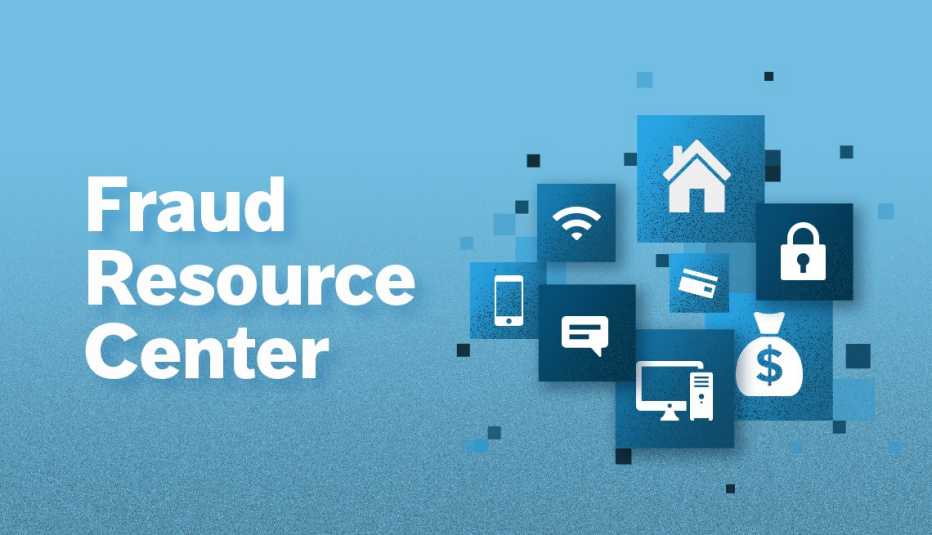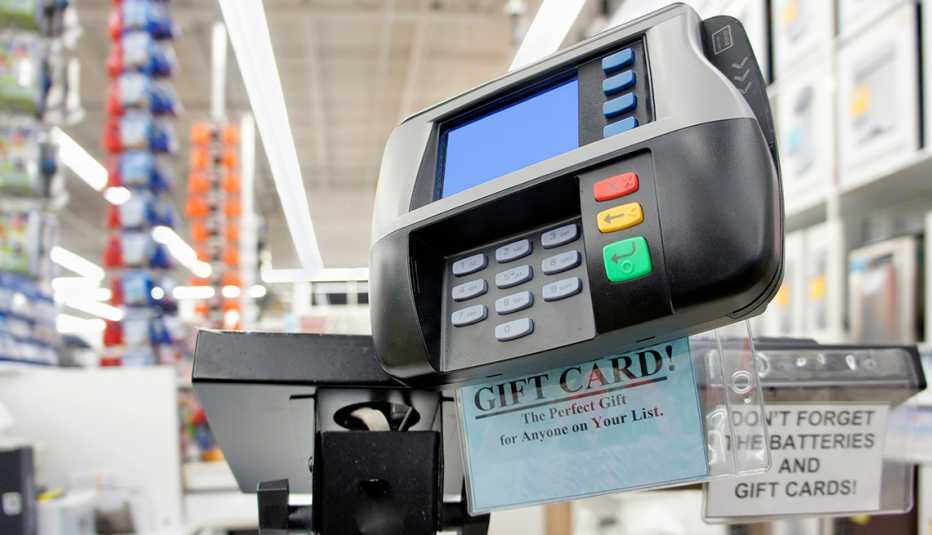AARP Hearing Center
It’s a crime that sends a shiver of fear through parents and grandparents: A criminal steals a child’s identity and uses the youngster’s personal information to open credit card accounts or make mobile purchases. Such crimes can go undetected for years because kids aren’t filing taxes or applying for loans, which would typically flag ID fraud.
Child identity fraud is a serious problem in the U.S., according to an AARP-sponsored report by Javelin Strategy & Research, which explores threats in the digital financial world. Last year 915,000 children — 1 in 80 — were the target of identity theft, and 1 in 43 children were affected by a data breach in the period from July 2021 to July 2022, Javelin’s survey found.

The growth in social media and time spent online, plus the increasing reliance on digital transactions, has added to the risks for kids, according to Tracy Kitten, author of the report and Javelin’s director of fraud and security, who notes, “That just opened the door for cybercriminals.”
A costly problem
Losses tied to child ID fraud reached $680 million, the report states. The good news is that’s down from last year’s $918 million lost, possibly due to greater public awareness, according to the authors.
But resolving child ID fraud took families an average of 16 hours, up from 13 hours the year before and 7 hours longer than when adults are victimized.
“It’s a major headache for consumers,” says Kitten. And it’s a migraine for the financial industry because it absorbs some of the losses, especially when the child’s information is used to create a synthetic identity — a mash-up of details from a real person and a phony one.
Thus, it’s critical to educate children and the adults who care for them about safe practices online and ways to look out for identity fraud.
Kitten notes that monitoring kids’ online behavior is also extremely important, particularly when they are very young. And many are: 51 percent of households reported first allowing their children to access the internet at age six or younger — when it would be particularly easy to “accidentally click on a link that’s malicious,” she notes.






































































